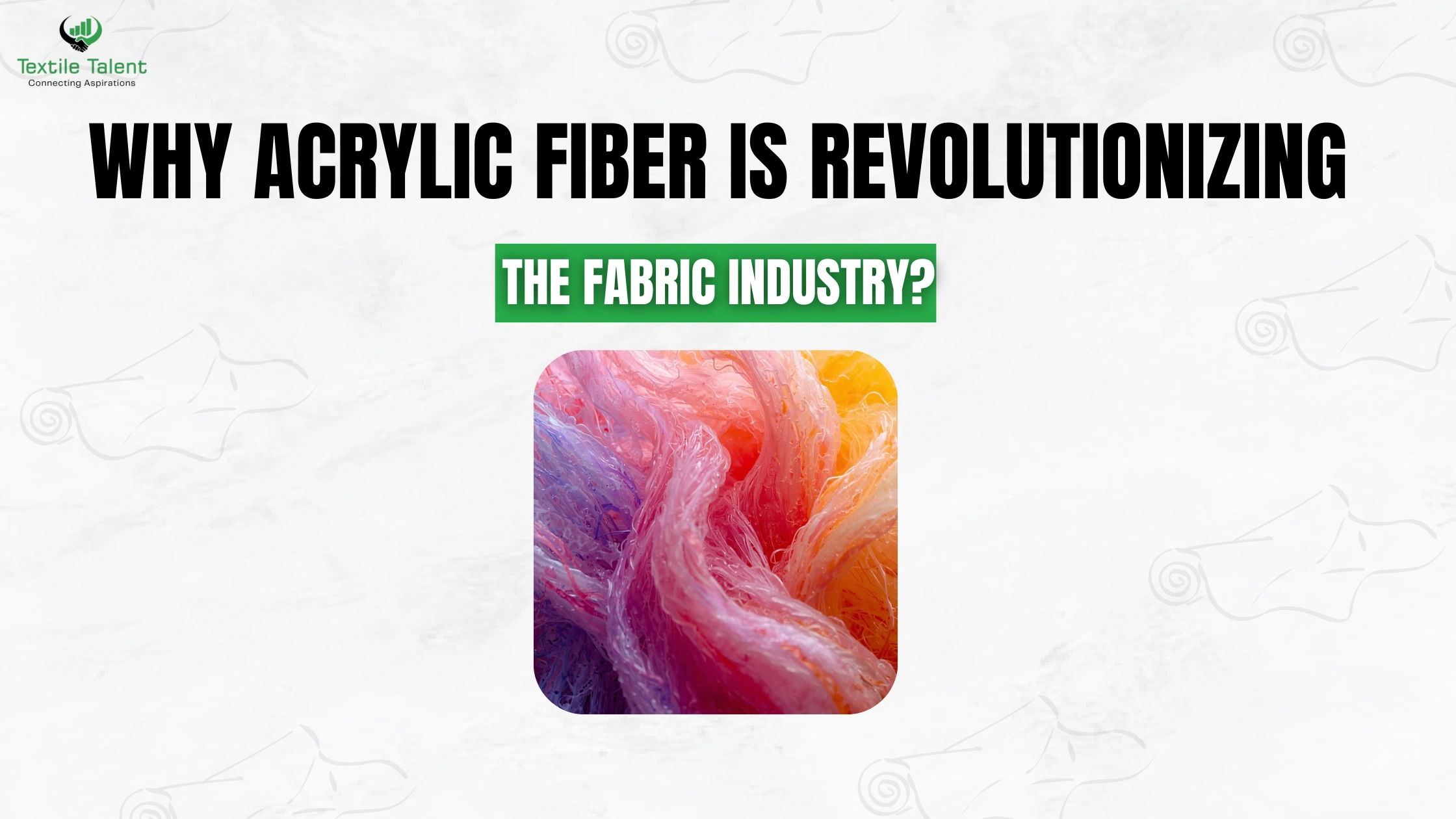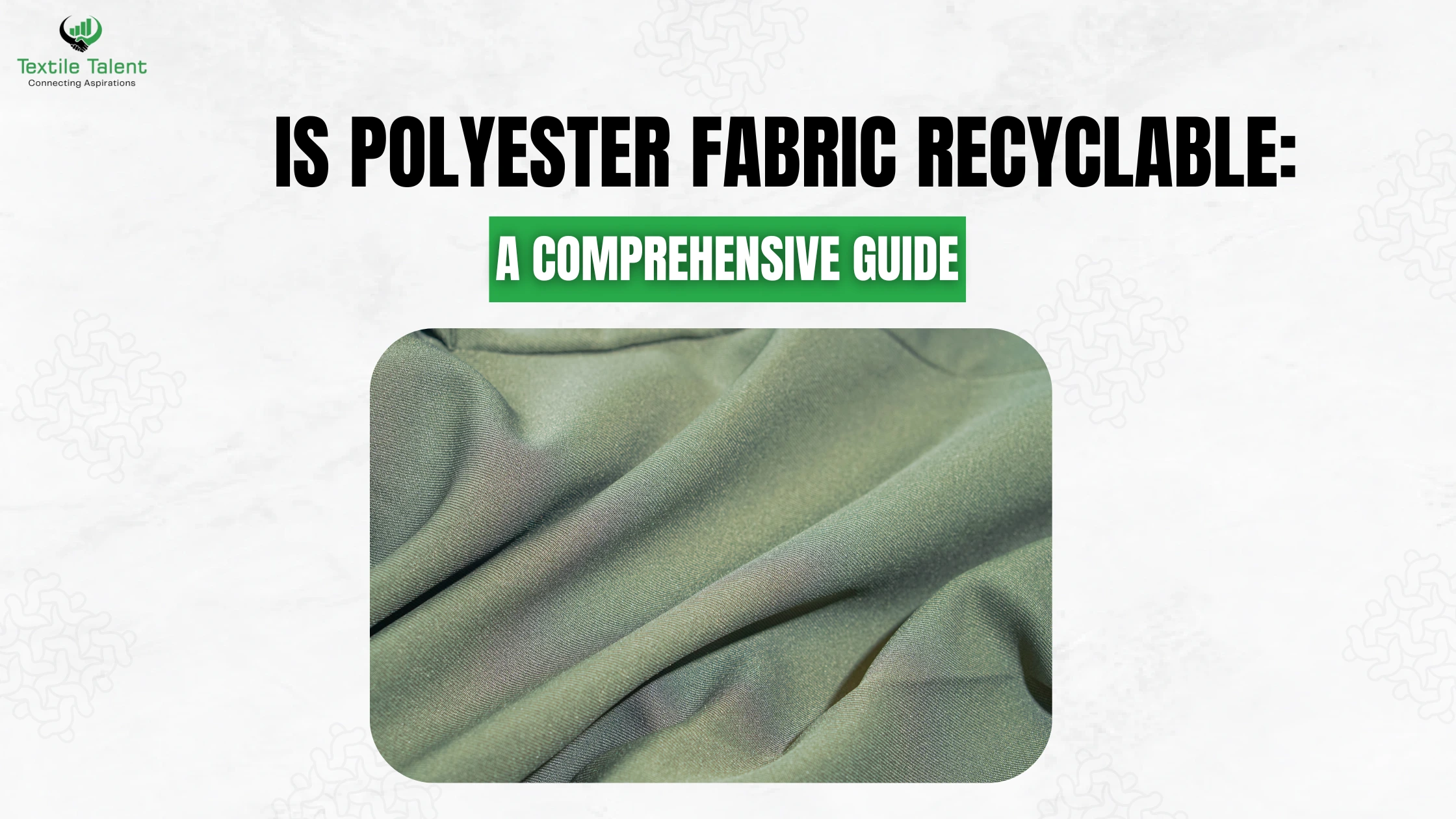
Summary
Electronics in Textiles is revolutionizing the fashion, healthcare and defence industry with a new fashion of innovation- turning ordinary attires into intelligent systems. The use of such technologies as e textile, e textiles clothing, e textile sensor, and e fabric is now part and parcel of the futuristic work in the textile sector. This paper will discuss the driver of such a changing scenario, the employments it has led to and how one can prepare to be a part of this dynamic sector at some point in his or her life.
What Exactly Are Electronics in Textiles?
Electronics in Textiles, often abbreviated e textiles, integrates conventional fabric with embedded electronics (such as e textile sensors, conductive yarns and microcontrollers). The result? Wearable technologies, flex, washable and wearable technology incorporated in garments or material, usually electronic fabric.
These are innovations used in:
-
Clothes that either glow or change with temperature E-Textiles clothes
-
e textile sensors in medical garments, which provide real time health monitoring
-
Uniforms in the military that have an electronic cloth which identifies the body condition or surroundings threats
Why Are Electronics in Textiles Creating New Careers?
Explosive Industry Growth
The market of e textiles is growing fast. Researchers have predicted globally about over 15 billion dollars by 2030 with significant investments in technology and fashion by large corporations such as Levi, Google (Project Jacquard) and Nike. This expansion necessitates the need of a hybrid workforce that can be handy in the fields of textile engineering as well as electronic design.
Real-World Applications Driving Job Demand
-
Healthcare: e textile clothes can measure the heart rate, breathing, or muscle activity..
-
Defense: electronic fabric senses body temp, injury, or location.
-
Fashion & Sports: The intelligent clothes respond to the surroundings or present information by means of light or motion.
-
Automotive and Aerospace: e textile powered smart automobile seats and uniforms, with e textile sensors and integrated circuits.
These use cases are creating entirely new roles across industries.
What Career Paths Are Emerging in Electronics in Textiles?
1. R&D Engineer in Smart Textiles
Electronic fabric-Based electronic fabrics are another way to innovate with materials. Those functions occupy a place between academia and commercial R&D.
2. Fashion Tech Designer
Make the interactive e textiles apparel and combine the style with the circuitry. Well the designers collaborate a lot with the engineers in order to come up with clothing that is not merely functional but fashionable and simple to use.
3. Textile & Materials Engineer
Create fabrics capable of conducting electricity or detecting an external influence. Being a master of yarn coating, nanomaterials, flexible electronics will help establish e textile sensors that one can trust.
4. Product Integration Specialist
Learn how to integrate the use of e textiles in mass manufactured lines. You will be consistent, washable and durable as well as being safe regulations
5. IoT Systems & Data Analyst
Examine outputs of e textile sensors to assist users to process information, such as number of steps, temperature fluctuation, or heart status, when using wearable applications or cloud-computing.
6. Project or Product Manager
Manage cross-functional groups that manufacture e textile products or electronic fabrics. Such roles impose the need of mutual communication among the textile engineers, developers and end users.
How Can You Prepare for a Career in Electronics in Textiles?
1. Educational Pathways
-
Study textile technology, material science, or electrical engineering.
-
Enroll in programs focused on wearable technology or smart textiles.
-
Learn about IoT systems and embedded electronics.
2. Build Skills Hands-On
-
Work on DIY projects using LilyPad Arduino or Raspberry Pi to create smart garments.
-
Create simple e textiles clothing with LED patterns or e textile sensors using conductive thread.
3. Find Internships in Smart Textile Companies
Startups and innovation labs working on electronic fabric often offer internships that expose you to prototyping, user testing, and production workflows.
What Are the Main Challenges in Electronics in Textiles?
-
Durability & Washability: One of the biggest challenges is making e textiles that endure repeated use and washing without failure.
-
Power Supply: Many e textile sensors need sustainable power. New research explores solar-powered or energy-harvesting electronic fabric.
-
Standardization: The industry lacks universal safety and quality standards, which is essential as e textiles clothing becomes mainstream.
-
Interdisciplinary Collaboration: Success requires merging engineering, fashion, design, and software—demanding cross-functional teams.
Conclusion
The future of textile is in technological intersection with the fashion industry. E-Textiles are transforming sectors and labor markets - smart active wear and wearable healthcare devices, fashion that interacts, and electronic fabric that is military grade. The need to have personnel experienced in creativity as well as technology will increase along with the growth in demand of e textiles clothing and e textile sensors. As a student, designer, or an engineer, this is your moment to become part of this future-centered industry by weaving yourself into it.
FAQs
Q: What’s the difference between e textiles and electronic fabric?
A: E textiles is a general term describing the textile with electronic feature. Fabric engineering is generally what is known as electronic fabric, being the actual fabric whether it has been engineered to conduct electricity or to accommodate circuits.
Q: Are careers in Electronics in Textiles only for engineers?
A: No. Although the technical roles are essential, other roles, such as the designers, project managers, product strategists, and data analytics have a place in the e textiles space
Q: Is e textiles clothing safe to wear?
A: Indeed, majority of the contemporary e textiles clothing equipment is equipped with insulated wires, low voltage circuits, and protective covering to guarantee its user safety.
Q: Can you wash electronic fabric?
A: It varies with the product. Not all electronic fabric cannot be washed, particularly coated or sealed. Those others may need removable modules..
Q: What industries are hiring in this space?
A:The companies that are recruiting Electronics in Textile jobs include healthcare, sports, fashion tech and defense, auto companies, and even entertainment companies.






